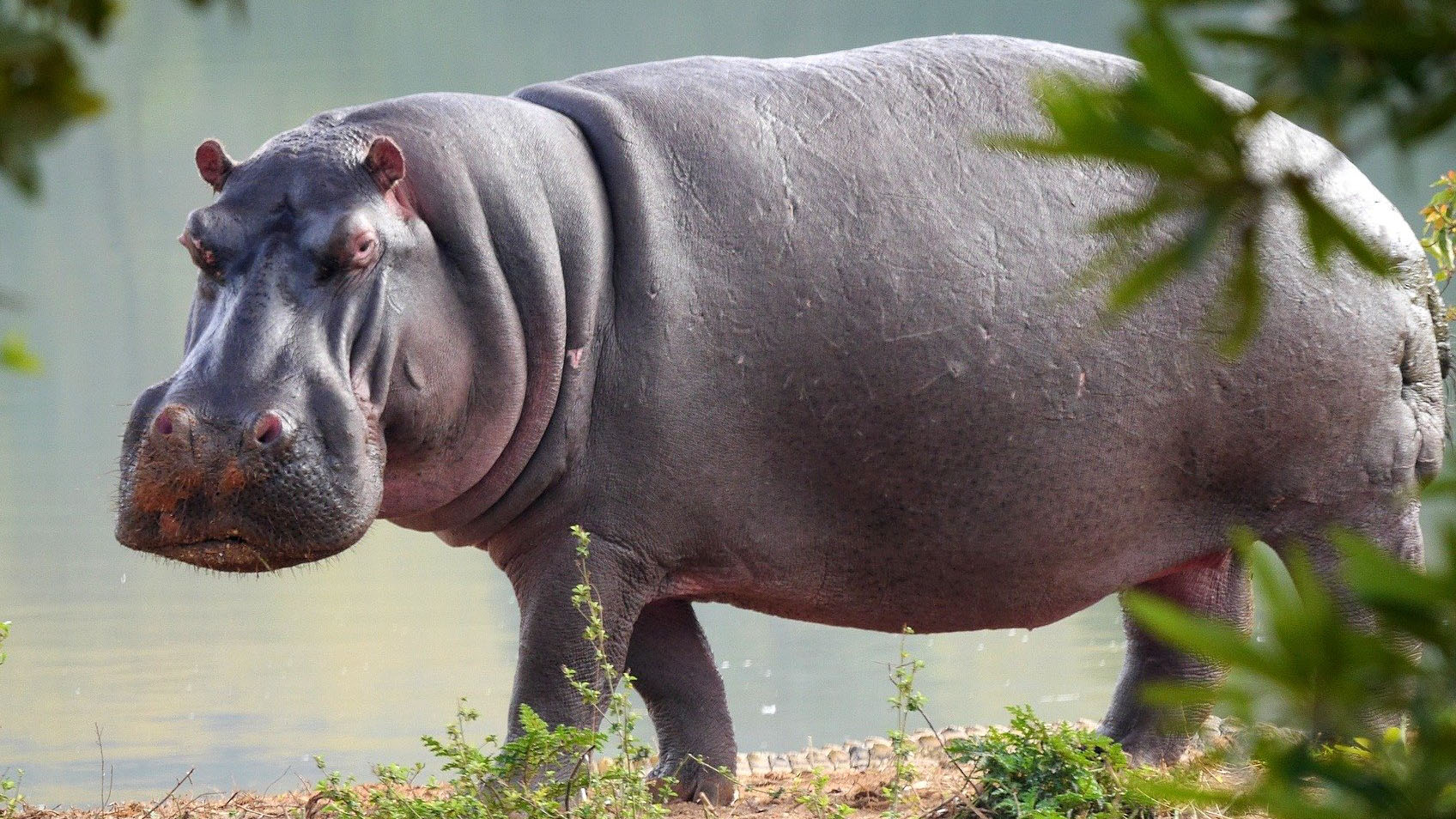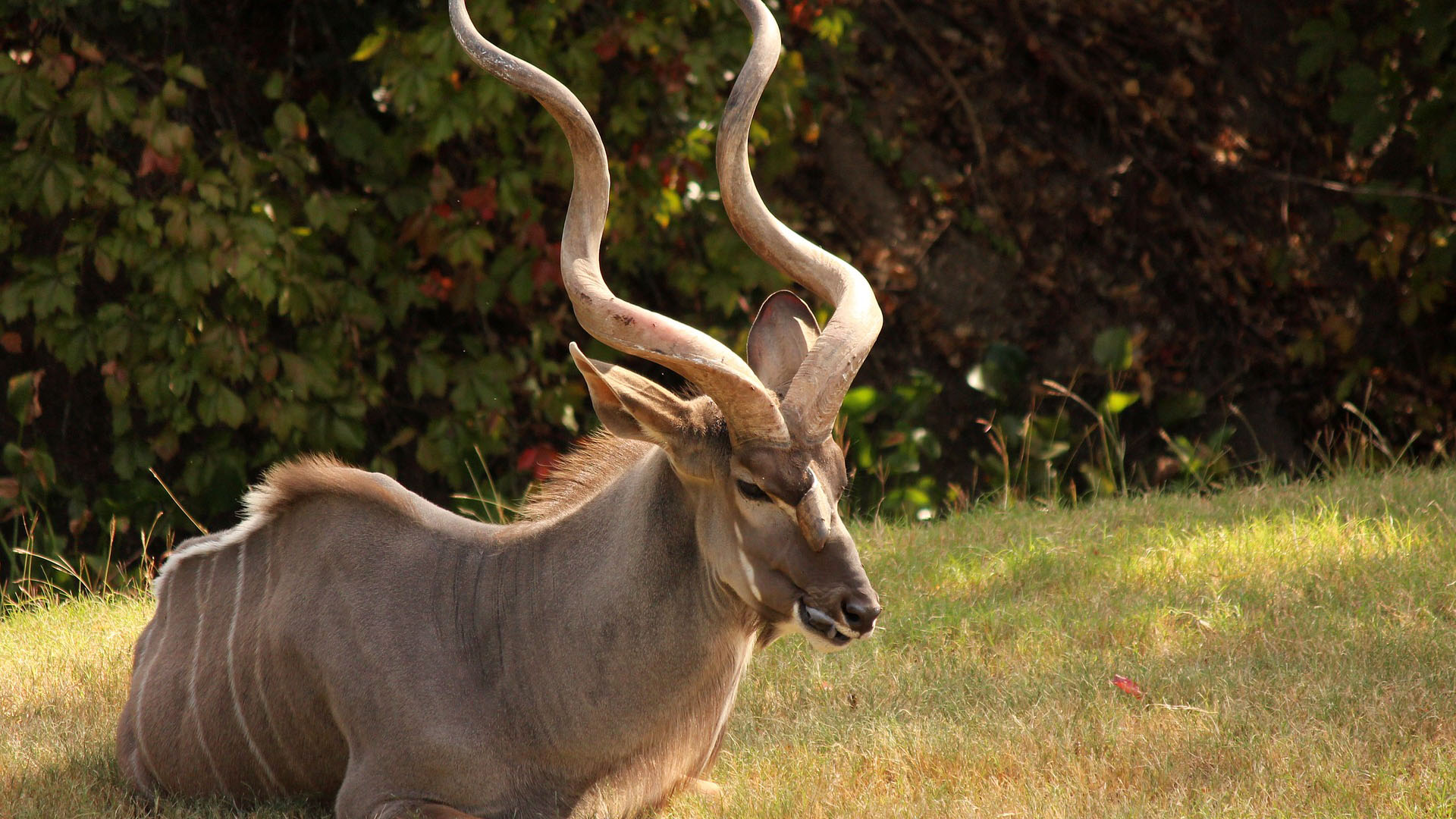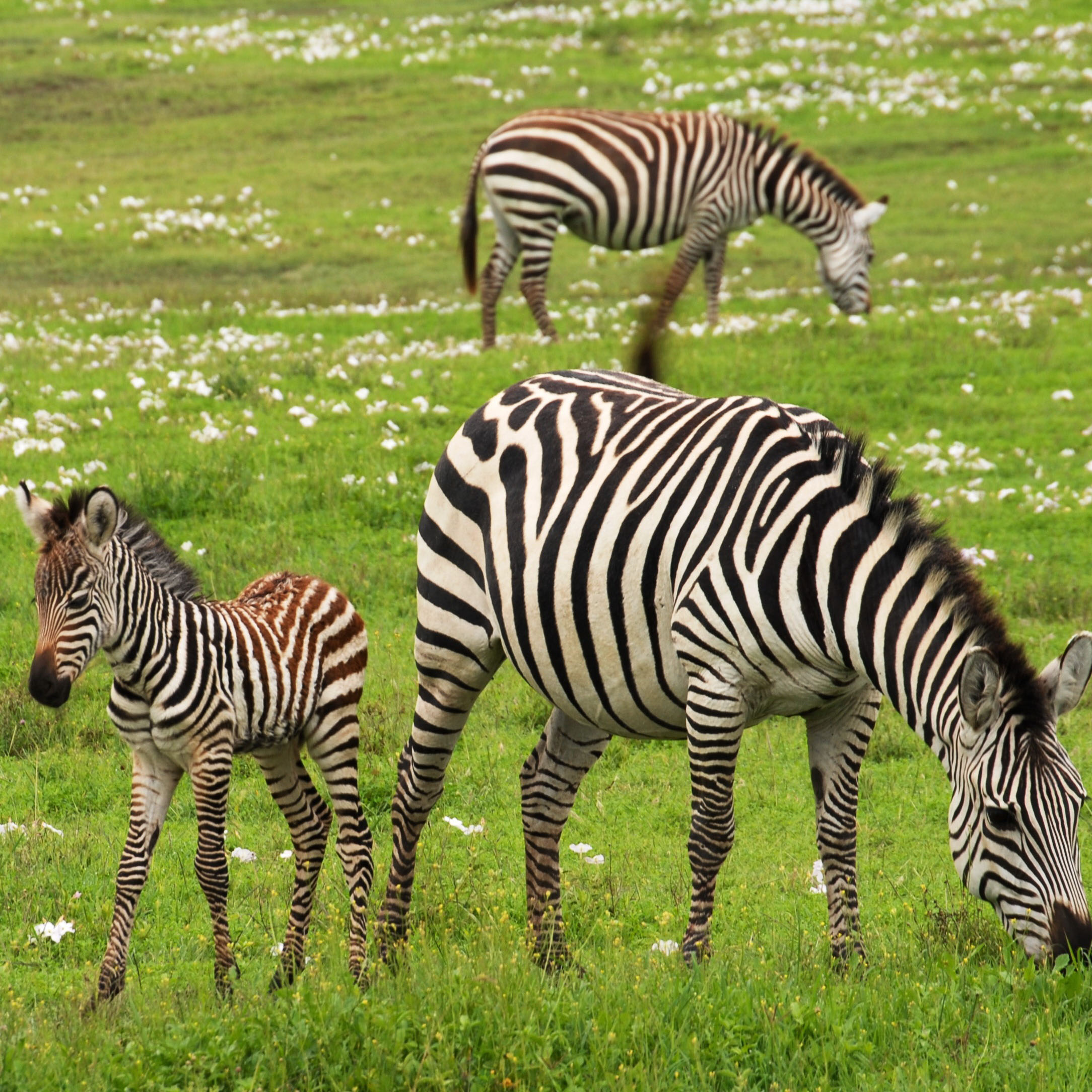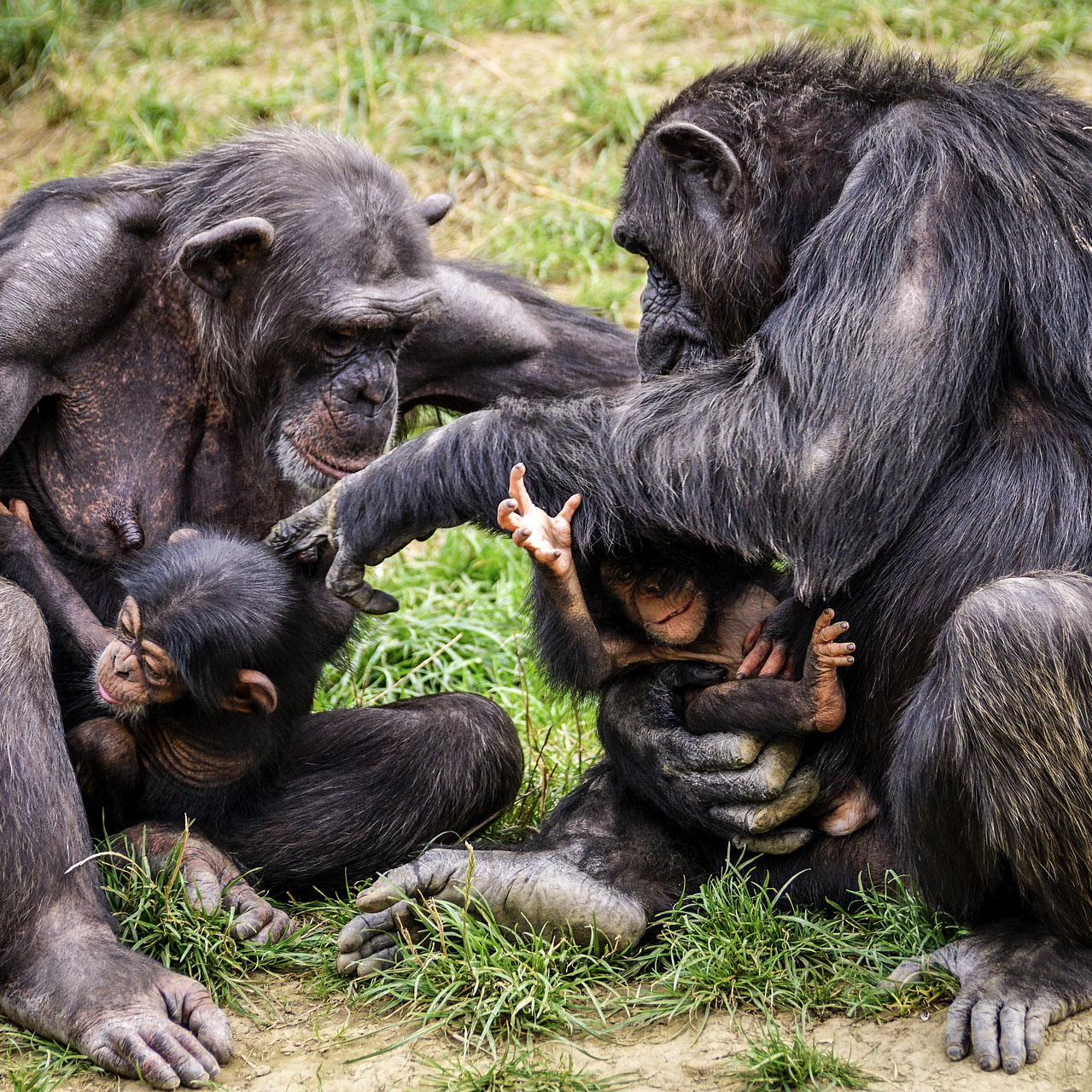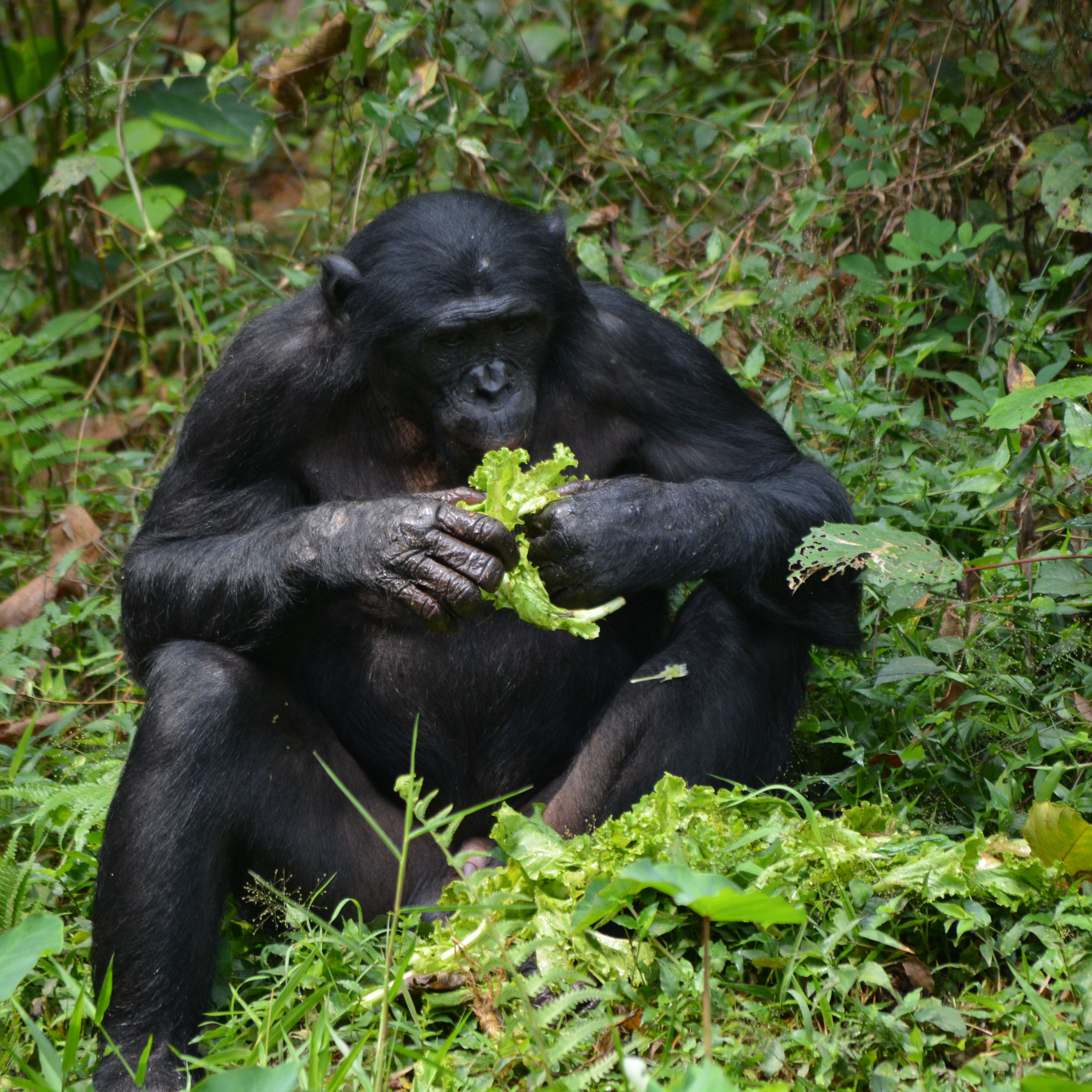Queen Elizabeth National Park
Queen Elizabeth National Park
Queen Elizabeth National Park, covering nearly 2,000 sq. km, is bordered to the North by the Rwenzori mountains and to the West by Lake Edward. The habitats are diverse, from sprawling cacti, savannah, forests, rivers and lakes. The park is steadily regaining the grandeur that inspired Winston Churchill to deem Uganda "the pearl of Africa."
The park is well worth a visit, if only to see the hippo on the channel linking Lake Edward and Lake George. Visitors often see hundreds at close range, spreading their mouths wide and chortling by way of greeting. The birdlife is as spectacular as the buffalo and waterbucks that come to the water to cool off, and occasionally you may see elephant, lion and crocodile.
In the northern section of the park, you will find the Kob Mating Grounds. Here, in a small area in the plain near Lake George, hundreds of Uganda Kob antelope males maintain a harem of up to twenty females and defend their territory against younger competitors. Antlers come together in a resounding clash, and it is not unlikely to see lions preying on the grazing females or unsuccessful males. Returning to the lodge from this point, you will pass by the 'Crater Area', one of the most scenic parts of the park, making your way through a series of dramatic craters, featuring crater lakes.
At Chambura Gorge, visitors can take a walking safari along a river through tropical forest, where black and white Colobus, Redtail monkeys and chimpanzees are often seen. Near Ishasha, you may see lions that imitate leopards as they sleep in the branches of old fig trees. This area is renowned for its elephant, topi and herds of buffalo.
APPROXIMATE DISTANCE FROM KAMPALA 440KM
Kibale Forest National Park - Chimpanzees
This reserve is inhabited by a wonderfully diverse community of animals, which includes red colobus, red-tailed guenon (white-nosed monkey), gray-cheeked mangabey, blue monkey, L'Hoest's monkey, and black and white colobus. Along with these are olive baboon, bushbaby, the nocturnal potto and chimpanzee. These animals have been the subjects of long-term research projects, so they are now tame and easy to observe. A trail grid has been cut in the forest to facilitate walking. Kibale is located just east of the Rwenzori, near the town of Fort Portal
Lake Mburo National Park - Zebra, Lakes & Rolling Grassland
230km south west of Kampala (3.5 hour drive). With a varying landscape of open plains, acacia grasslands and marshes this park is home to a huge array of flora and fauna. About 68 different species of mammals can be found within its 260km. The park also has approx. 313 different species of birds including Uganda's national emblem, the crested crane.
Semliki Valley Wildlife Reserve - Uganda's First Protected Area
375km west of Kampala (6 hour drive). Previously known as the Toro Game Reserve, Semliki Valley Wildlife Reserve is the oldest protected area in Uganda. Here is where East Africa meets West. It is unique, gifted with geographic barriers that have formed a natural haven for wildlife. Where the savannah is criss-crossed by shining river valleys, and the escarpment, the edge of the Western Rift Valley, plunges into Lake Albert. The habitat diversity (riverine forest, woodland and savannah) within the 558km — area of the reserve supports a huge array of fauna including lion, leopard, elephant (both savannah and forest species) buffalo, and chimpanzees as well as a staggering number of birds, with over 400 having been recorded.
Semliki National Park - Hot Springs, Forests and Pygmies
370km west of Kampala (6.5 hour drive). Situated within the remote Semliki Valley, site of the Sempaya Hot Springs and named for the river which forms the Congolese border, this 221km— area of park
Gorilla Viewing: Main Rules:
• total silence
• no smoking
• no eating
• no pointing or staring directly at the gorilla
• do not stand above the guides height, if he kneels so do you & follow the guides actions at all times
• Move slowly and be calm at all times
• If the 'Silverback' charges DO NOT RUN AND KEEP BEHIND THE GUIDES AT ALL TIMES
• No children under 15 years
The trek to find gorillas can be quite short, but on most days an hour or two of rough hiking each way is necessary.
Damage to the bamboo trees is an obvious sign as the gorillas relish the young tender shoots and break older stems to suck the sap.
The smell of gorilla may waft by in the stray breeze or, if one is really near, it is strong and unmistakable Sounds, which can be remarkably loud crashes or dull reverberating thuds.
Clothing and other information, long-sleeved shirt, strong waterproof walking boots, sturdy trousers, sunglasses, sun screen, sun hat, breathable lightweight rain poncho/parka & rain hat, small backpack to carry water, warm clothes including a fleece or light wool sweater, moisture proof undergarments, lightweight wool socks, gloves recommended to those with sensitive skin or allergy to nettles, Fitness Level: Standard trek is a strenuous hike of between1-4 hours each way, (2-3 hours more usual) tracking in thick forest at heights up to 3,000m traversing steep-sided mountains and ravines can be tough, arduous and wet. Visitors must be fit, in good health and properly equipped.
Health: Anti malaria tablets are essential & visitors should seek current medical advice before travelling; any personal medication required should be carried in hand luggage. Yellow Fever vaccination Warning: gorillas are susceptible to most human diseases and if you are knowingly carrying a contagious disease (especially flu) DO NOT attempt to trek.
Permits: Gorilla Permits are non-refundable except for medical reasons and a medical certificate has to be provided. Gorilla viewing can be denied at short notice because of national park or border closures, security changes or gorillas going out of range. In such circumstances refunds are at the discretion of the authority and are not within the company’s control. Obtaining a gorilla permit is not a guarantee of seeing a Gorilla

